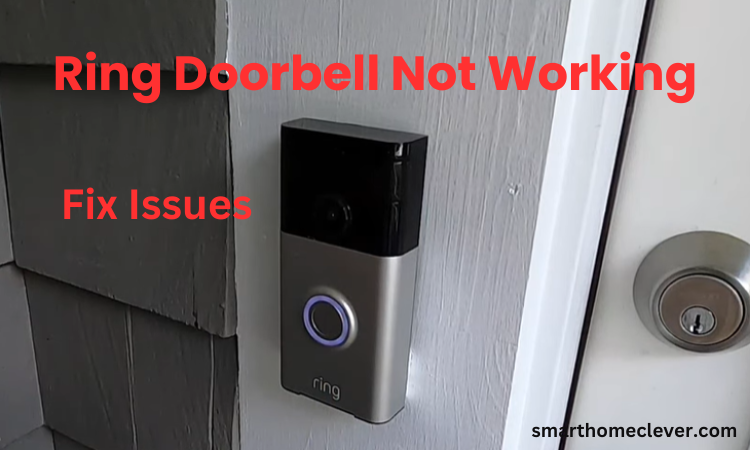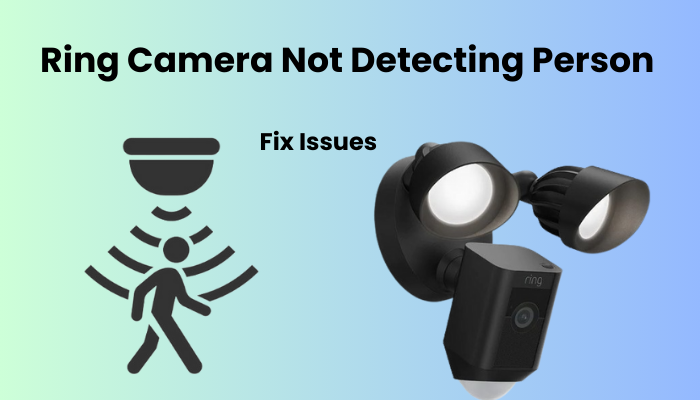The sensitivity setting is very important when it comes to Blink camera security systems, as it directly affects the function of how motion is detected.
Choosing a high-sensitivity setting inevitably leads to warning and recording problems. The system to be developed for this problem is finely tuned to detect small movements. Conversely, a low-sensitivity setting runs the risk of overlooking real activity especially if a small or distant object is involved.
Finding some kind of harmony that lines up with your inclinations and necessities is basic to amplifying the viability of your Blink system. I’ll share with you a careful clarification of the blink sensitivity setting, so you can change it to the ideal level for your requirements.
How do I make my Blink camera sensitive?
To tweak the sensitivity of your Blink camera, kick things off by opening up the camera settings page. Once there, switch on the motion detection toggle and then move the sensitivity slider to your preferred level on the scale.
Keep in mind that sensitivity is camera-specific, so you’ll need to set it individually for each of your cameras.
- Launch the Blink app.
- Locate and tap on the settings icon (those three horizontal lines) for the camera you want to adjust.
- Within the camera settings, toggle on the motion detection feature.
- Adjust the Sensitivity slider towards Low (L) to reduce sensitivity or High (H) to heighten it.
- Confirm your changes by hitting the Save button in the top right corner.
- Repeat these steps for all your Blink cameras.
Back on the home screen, tap on the “running man” icon to arm a specific camera or use the arm button at the bottom to arm the entire system.
Note: The icon will turn blue once the camera is armed. Walk into the camera’s view to check if it triggers recording and sends alerts as expected.
Comprehending Levels of Sensitivity to Blinking
Blink cameras employ a passive infrared (PIR) sensor for motion detection, designed to spot temperature changes in its field of view, except for Blink mini cameras that identify visual distinctions.
When an individual or object moves within the camera’s scope, the PIR sensor registers the temperature shift, prompting the camera to record and issue a notification. Object size isn’t the deciding factor, but rather the amount of motion in the camera’s view.
The sensitivity level, ranging from Low (1) to High (9), influences how easily the camera activates. Achieving the optimal setting involves trial and error, considering factors like camera placement. Satisfaction hinges on personal preferences and location.
Testing different sensitivity levels requires motion detection enabled and the Blink system armed. Typically, a sensitivity level between 5-7 yields optimal results, avoiding excessive false alerts or missing important activities.
Motion Detection Sensitivity
To make sure your Blink camera works effectively, it relies on motion detection. Within the Motion Settings, you can activate Motion Detection, enabling the camera to keep an eye on its environment for any alterations.
Messing with different awareness levels permits you to track down the right balance, preventing unnecessary cautions while as yet catching significant occasions.
If you’re in a low-traffic space or aiming to avoid the camera being triggered by minor movements, opt for low sensitivity. On the other hand, if your camera is placed in a high-traffic area or you want it to pick up even subtle motions, go for high sensitivity.
Accessing Blink Camera Settings
Navigating through the Blink Camera settings is a straightforward process that allows you to tailor the device to your specific preferences. Here’s a step-by-step guide on how to access and modify Blink Camera settings:
- Open the Blink App: Begin by launching the Blink app on your preferred device. Ensure that your device is connected to the same network as your Blink Camera for seamless communication.
- Select Your Blink Camera Device: Once the app is open, locate and select the specific Blink Camera device you want to adjust settings for.
- Navigate to Settings: Within the selected Blink Camera’s interface, look for the “Settings” option. This is usually represented by a gear or cogwheel icon and is the gateway to a range of customization options.
- Explore Sensitivity Settings: Within the Settings menu, you’ll find a section dedicated to sensitivity settings.
- Adjust Sensitivity Levels: Depending on your preferences, you can fine-tune the sensitivity levels to customize how the Blink Camera responds to motion. Try different things with various settings to track down the ideal harmony between detecting relevant activities and minimizing false alerts.
- Review Additional Options: While in the Settings menu, take the opportunity to explore other customization options. This might incorporate video quality, sound settings, and notification preferences.
- Save Changes: After making the desired adjustments, be sure to save your changes.
Zone of Action
With this feature, you can precisely define the specific regions within the camera’s field of view that you wish to keep an eye on for any motion.
Imagine you have a Blink camera sensitivity positioned outside your front door, and there are some tree leaves nearby. You can make use of the Activity Zones to obscure the area covered by the tree, preventing any motion alerts triggered by the movement of the leaves.
To set up your activity zone, follow these steps:
- Go to camera settings.
- Tap on Zones.
- Select Activity Zone.
- Shade out the undesired area.
- Tap Done to save your changes.
Privacy Zones Of Your Sensitivity
Use zones to select specific areas in the camera’s field of view where you don’t want motion detection to activate.
You have the option to completely disable motion detection in the designated zones.
For instance, if your camera is pointed towards a bustling street, you can establish a privacy zone to prevent receiving alerts from passing vehicles.
To set up a privacy zone, follow these steps:
- Pick the camera you wish to adjust and tap the settings toggle.
- Choose “Zones” and then select “Privacy Zones.”
- Create a zone by shading out the undesired areas.
- Click “done” to save and apply the changes.
Reducing False Alarms
To minimize false alarms, try making the following adjustments:
- Motion Zones: Customize motion zones in the Blink app to focus solely on specific areas you want to keep an eye on.
- Retrigger Time: If you’re getting multiple clips for the same event, consider increasing the retrigger time to prevent unnecessary recordings.
- Camera Placement: Place the camera strategically to avoid obstructions in its field of view, like cars, that might trigger unwanted motion events.
If you’re still dealing with sensitivity problems, think about these factors:
- Camera Position and Angle: The camera’s position and angle are crucial for effective motion detection. If necessary, adjust the camera to cover your desired area optimally.
- Camera Distance: Keep in mind that Blink cameras work best within 20 feet (~6 meters) of the monitored area. If it’s too far, try moving it closer.
- Obstacle Interference: Make sure no objects are blocking the camera’s view, causing the motion sensor to malfunction.



